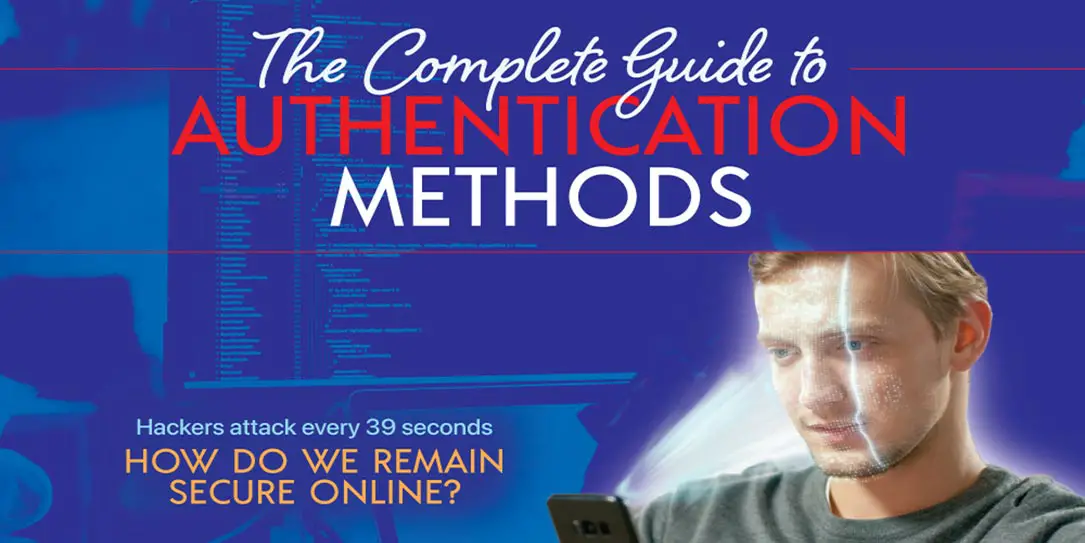Data breaches are on the rise because of the pandemic. Hackers know we are working and going to school from home, using devices that don’t have the security we are used to, and that we are stressed to the max and prone to make mistakes more than usual. In 2018, 81% of data breaches were due to lost, stolen, or weak passwords. The fact is that passwords were never meant to keep things safe online, and the easiest way for a hacker to learn your password is to ask you for identifying information about yourself or to just find it online. Passwords are a thing of the past, but how can we keep things secure online without them? Let’s take a look at some authentication methods in use today.
Passwords and security questions are unreliable because they use “shared secrets” — things that should be known only to you and those closest to you but which are also known by databases that need to confirm your identity. Once those secrets are out there you aren’t getting them back.
Biometrics are much safer because they are a lot harder to hack and nearly impossible to hack en masse, but that’s not always applicable for different security situations. Some tech has shown false positives for this type of security protocols, namely facial recognition that can be fooled by photographs.
Even multifactor authentication is just multiple different kinds of passwords and biometrics, which means that it’s only as secure as the person who is willing to jump through all those hoops or how secure each individual part of the authentication is.
Asymmetric cryptography is a new way of thinking about security and authentication. It uses device-based certificates to authenticate a user in conjunction with other factors, such as IP address, geolocation, biometrics, and more. It’s more secure because it relies less on factors that could be prone to human error.
Learn more about the asymmetric cryptography from the infographic below.

What do you think about the authentication methods described above? Which ones do you use to protect your online date? Let us know in the comments below or on Twitter, Facebook, or MeWe.
Last Updated on February 3, 2021.










